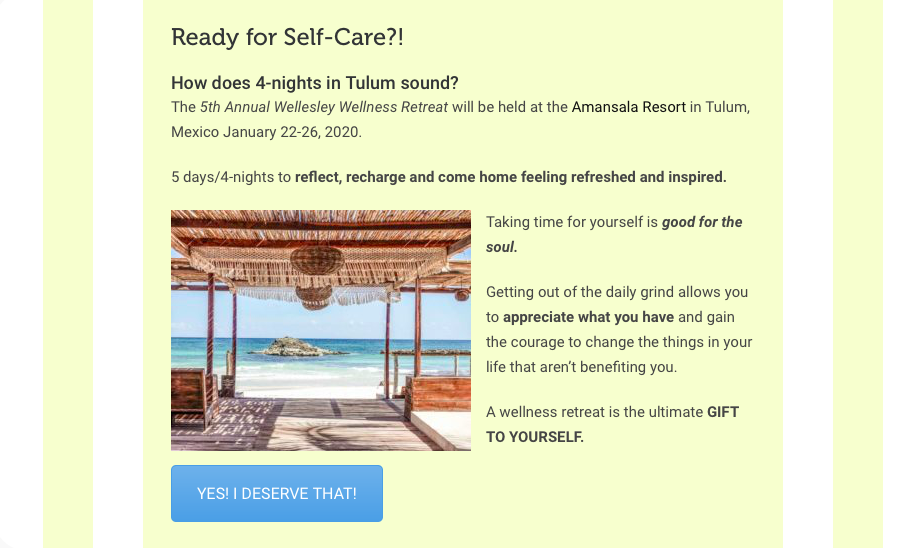The Dirty Dozen
Healthy eating can be complicated.
I always try to eat fresh fruits and vegetables and provide them to my kids. I used to feel good about how much they love apples, strawberries, grapes and blueberries. Then I found out about the “Dirty Dozen”: the 12 fruits and vegetables with the highest pesticide levels. And, of course, on the list #1 – apples, #3 – strawberries, # 7 – grapes and #10- blueberries.
So now, armed with this knowledge, I feel guilty buying our favorite snacks if they aren’t organic. Unfortunately, access is not always an option. And if there is an option to buy organic, it usually costs more than non-organic. It is a very frustrating situation.
I have worked with communities in rural Appalachia that have little or no access to fresh fruits and vegetables, let alone organic produce, so I do feel fortunate to have stores close by that at least sell some organic options.
I hope that one day, sooner than later, it won’t be an option to have to worry about this. We can go to the grocery, have access to fresh fruits and vegetables, and not have to worry about their safety.
Until then, here is a simple list to prioritize which fruits and vegetables to buy organic and which are okay non-organic.
I’m looking forward to the Farmer’s Markets beginning again this spring. Another alternative that I will be tackling this spring/summer is to learn how to grow some fruits and vegetables in my backyard. I’m hoping my sister and a few friends who have vegetable gardens can share some insight and inspiration!
This shopping list is from the Environmental Working Group (www.ewg.org). Here is what they are saying in regards to the USDA. If you agree with the EWG or feel strongly about the situation, you can click here for more info and to sign a petition to the USDA.
“EWG counts on the U.S. Department of Agriculture to publish complete, unbiased pesticide data to create EWG’s Shopper’s Guide to Pesticides in Produce. But for the last two years, the pesticide lobby, especially a front group called the Alliance for Food and Farming, has waged a multi-front campaign to get the USDA to repackage its pesticide data with industry talking points that downplay risks and consumers’ concerns. And they attacked EWG’s Shopper’s Guide to Pesticides in Produce.
We expect to see USDA’s 2010 pesticide data soon and fully expect that the agency has not caved to industry pressure. Making sure you have the information you need is too important. Take action today. Tell the USDA not to cave to industry’s pressure – you want to know what you are eating.”
Although this knowledge does add more complication to eating healthy, I would still rather be informed. I also promised myself (remember: unconditional love) that I am not going to beat myself up if my kids are dying for apples or strawberries and there are no organic options. I still think eating non-organic fresh fruits and vegetables is better than none at all.
Love,
Molly


